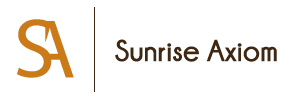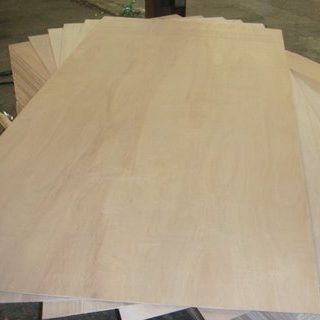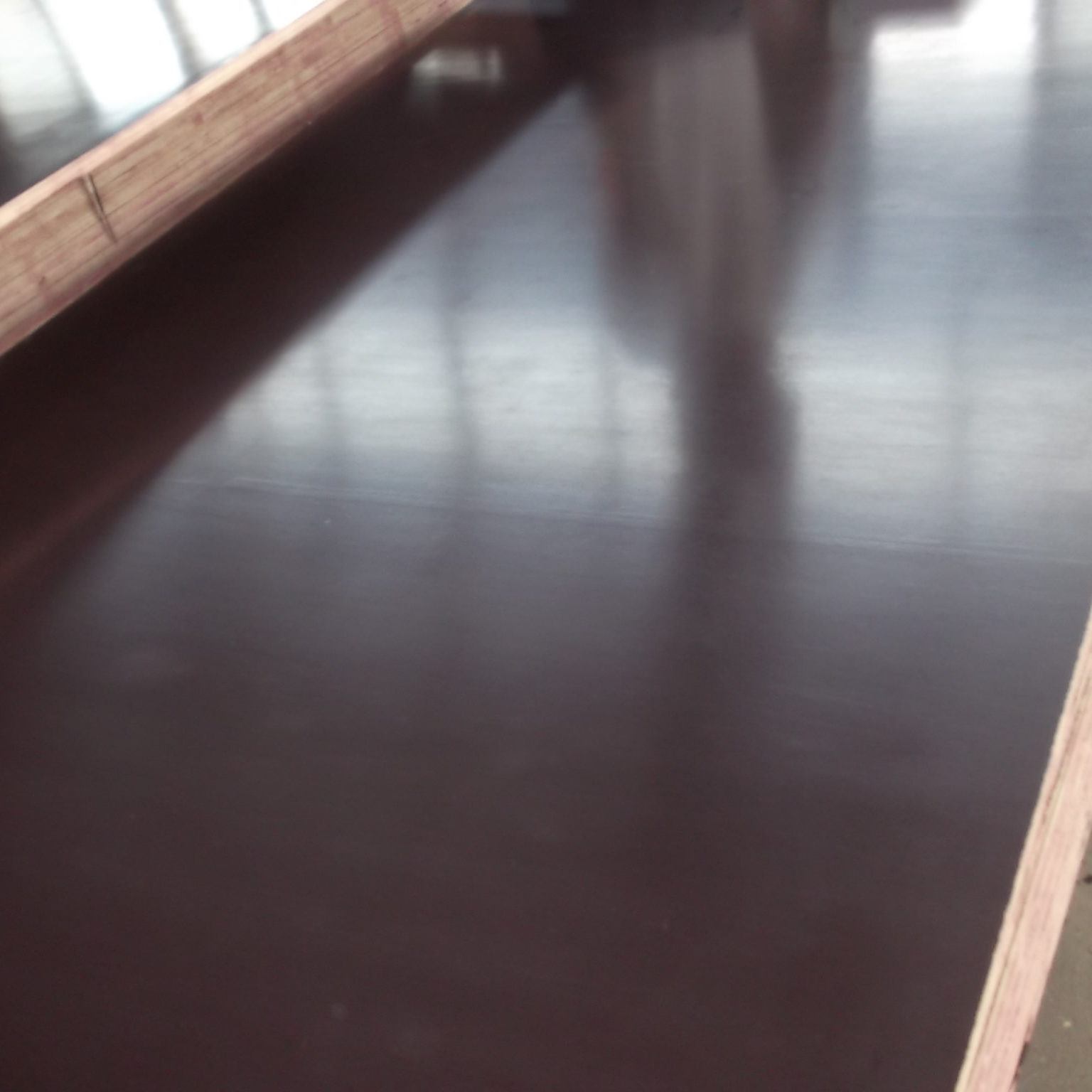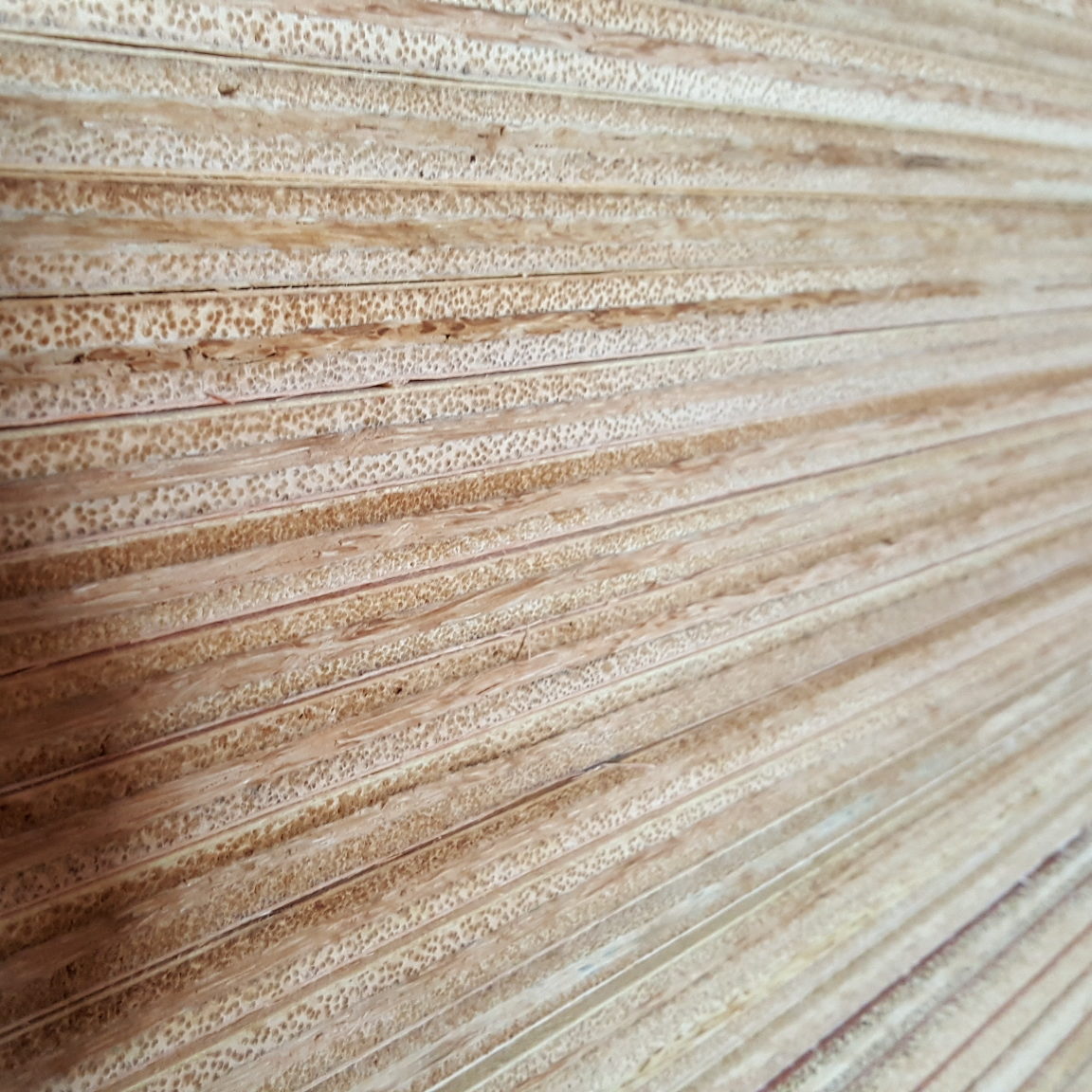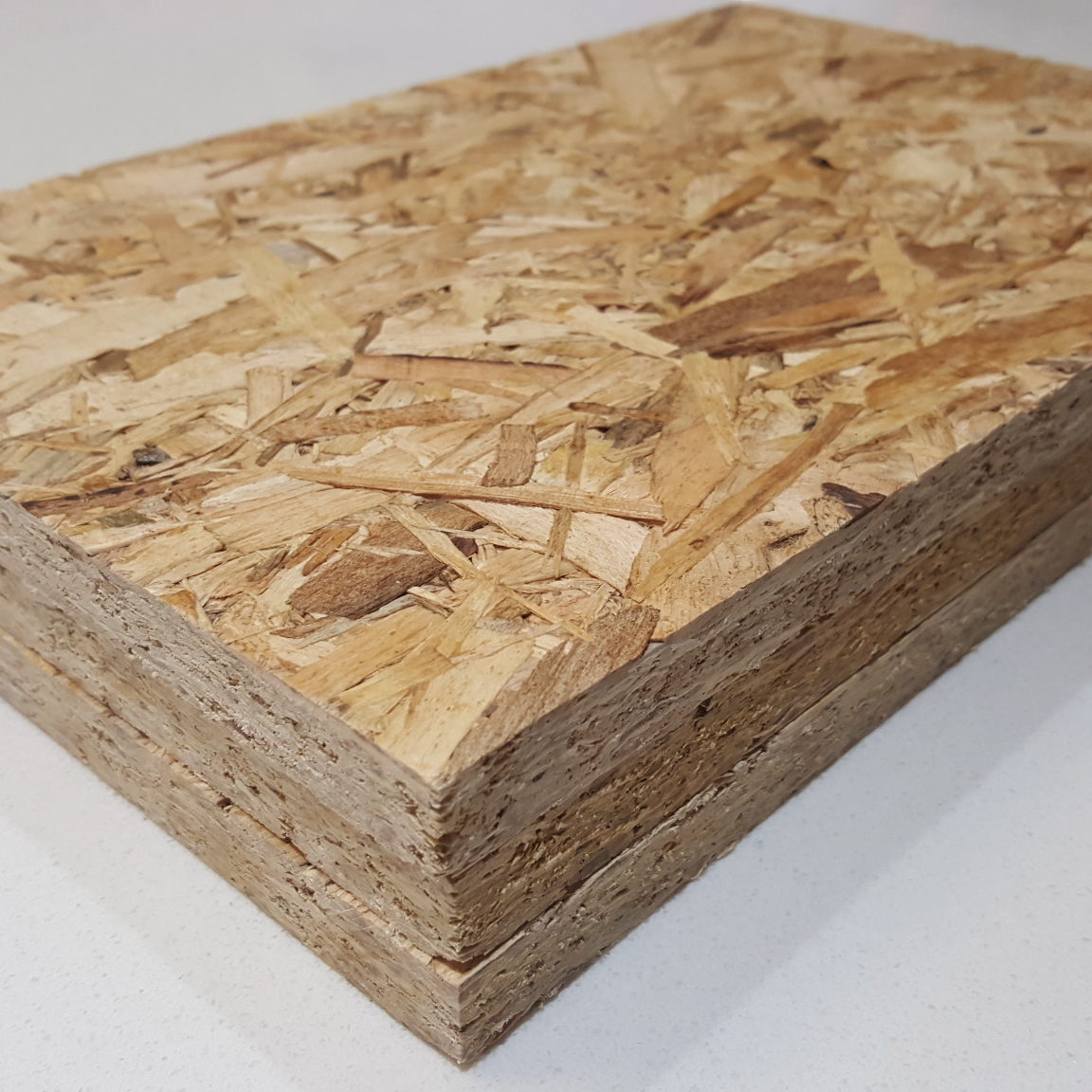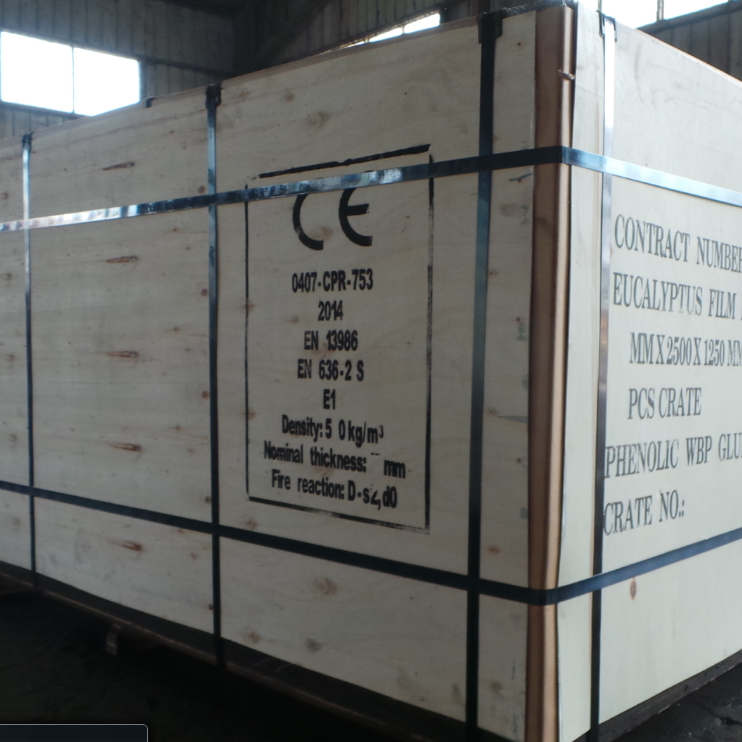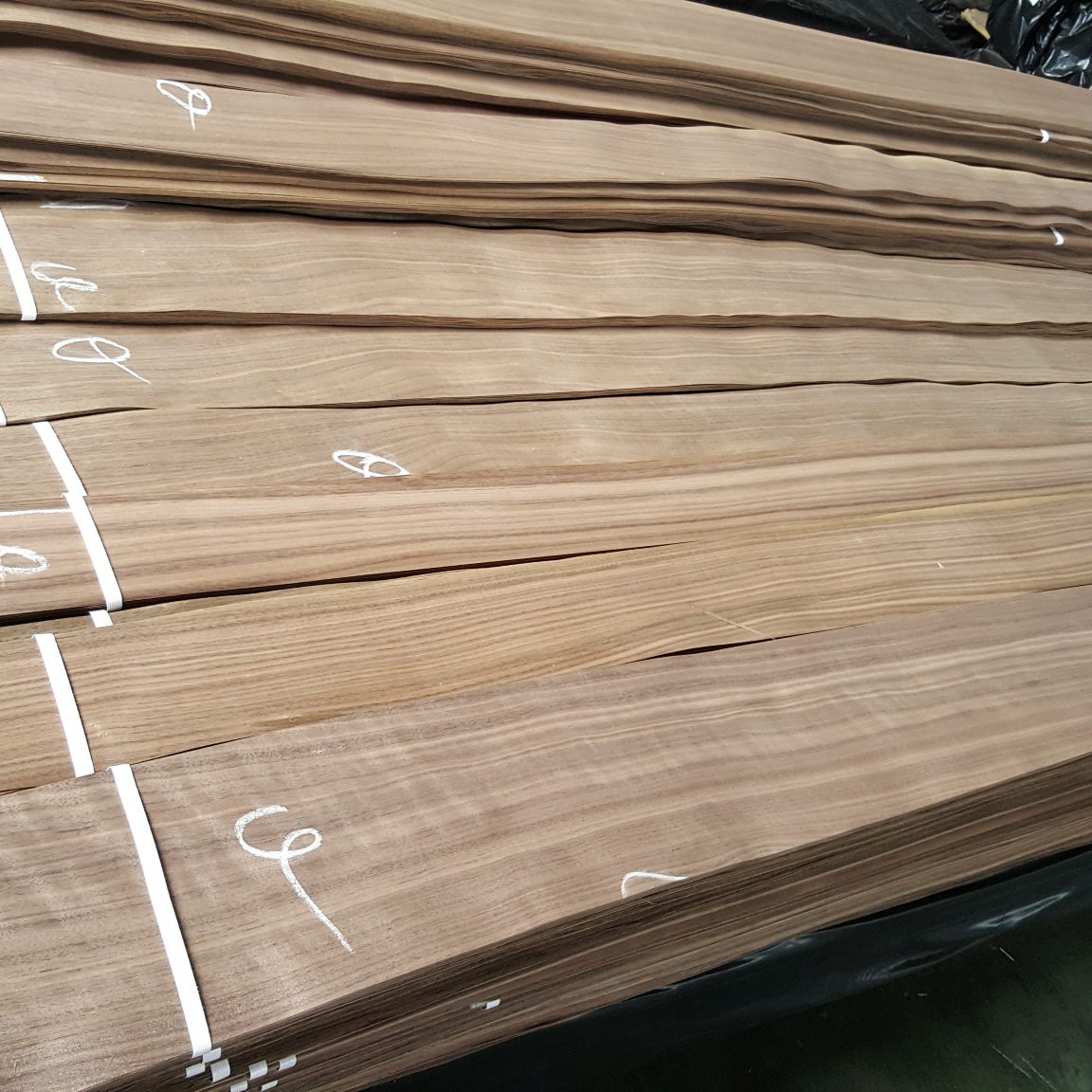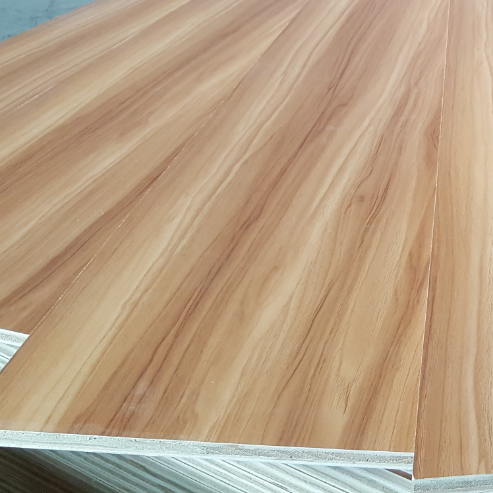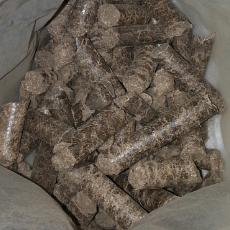
The Oriented Stranded Board (OSB) was invented in the 1960s in the California, United States. Unlike the Americans, Canadians and Europeans, the usage of OSB in the Asia Pacific region has only been increasingly popular in recent years due to the increasingly scarce supply of hardwood timber. It can be argued that particleboard, MDF or HDF are also good wood panel substitutes for plywood. However, they do not come close to the strength and durability of OSB, which is comparable to traditional plywood. In the last decade, plywood in the USA has been slowly being replaced by OSB taking up majority of the wood panel usage for housing construction and furniture.
Hence, Sunrise Axiom would like to present the first Hardwood OSB made in Malaysia. Known to be anti-fungal and moisture resistant, the OSB is remarkably ideal as a platform for further laminations of veneer, melamine paper and of course HPL. The multiple wood flakes that intersect within the OSB is similar to the veneer overlaps of plywood. It provides not only the strength of the panel itself but also the holding strength of screws and nails being tightened onto. Currently, it is not surprising to find gaps or voids in plywood due to the difficulty of obtaining decent hardwood veneer from logs that are decreasing in size. Additionally, the OSB solves the crucial problem with plywood delaminations whilst providing a more economical choice of wood panel for the future.
Benefits of using Hardwood OSB
- Panel with good durability and strength
- Good holding strength for screws and nails
- No risk of delaminations or warpage
- Solid structure with no gaps or voids
Most importantly, it is an eco-friendly panel made from plantations that are replanted every year, promising a renewable source of wood for the future.
